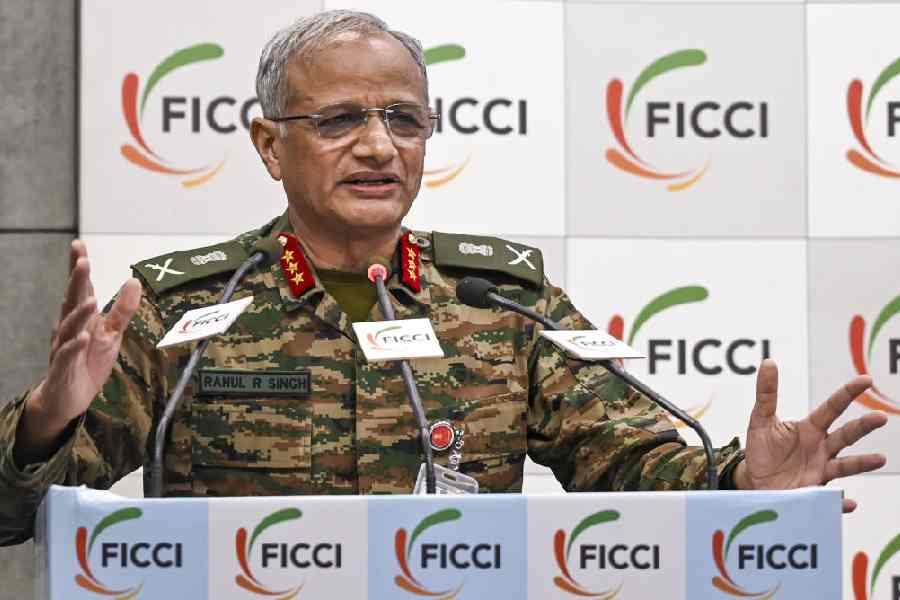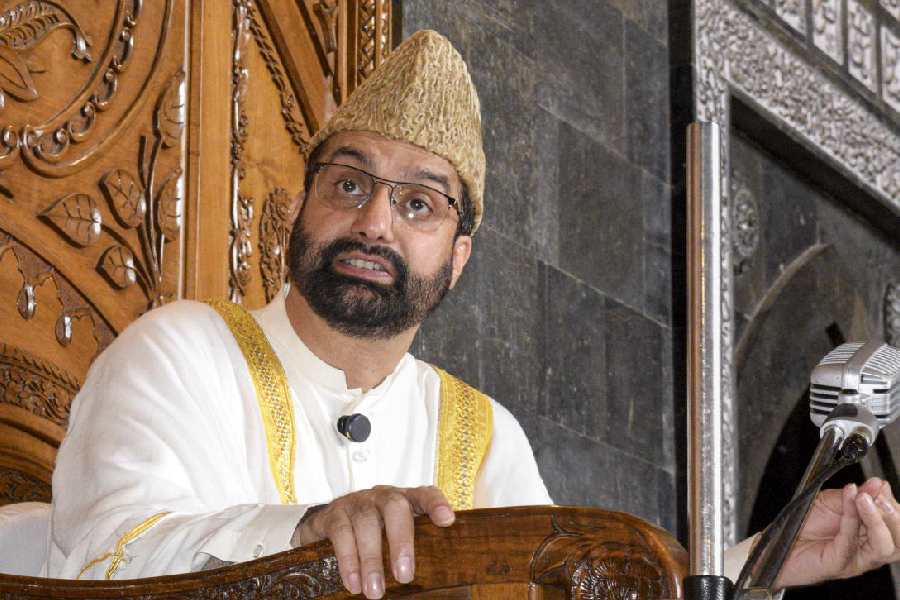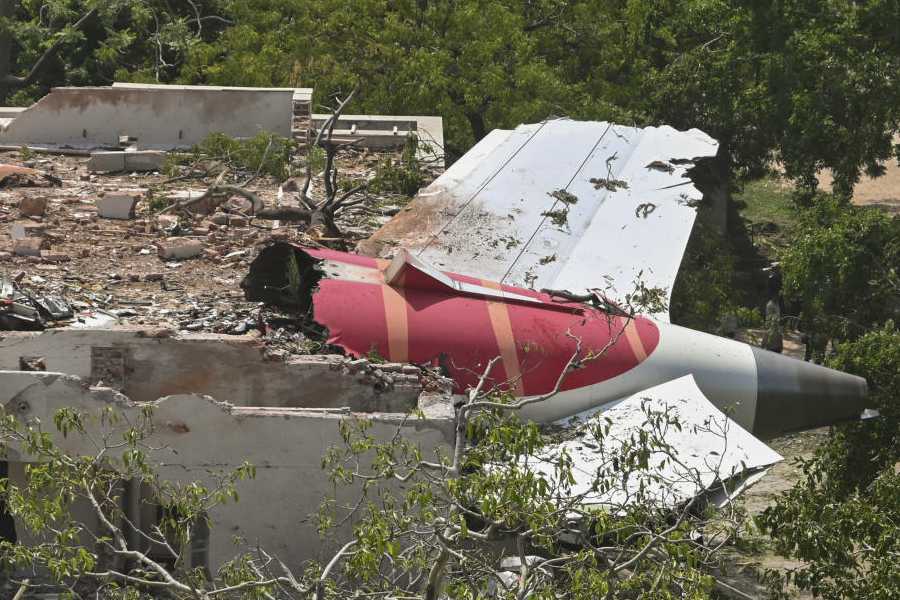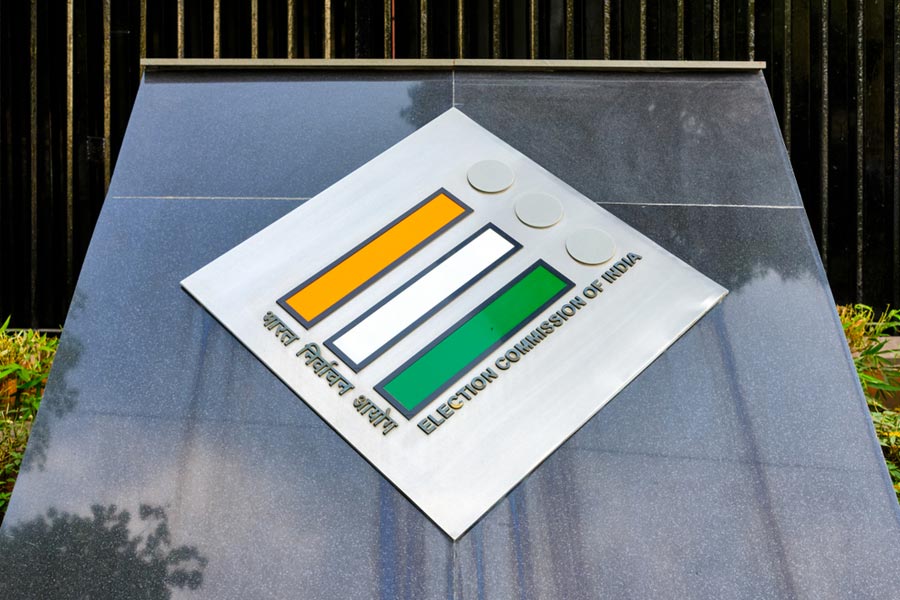Jorhat, Aug. 7: The Assam Science Technology and Environment Council (Astec) is on the verge of completing a digital map of Assam which will aid in better planning and development of the region.
Astec director H.C. Dutta said the digital map of the state was based on satellite images provided by the Indian Space Research Organisation (Isro) and would be integrated with the cadastral maps available at the directorate of land records and also with records of other departments for better land and resources management as well as planning at the grassroots level.
Assam was among the first five priority states to be asked to prepare the map by the Planning Commission in 2010 along with West Bengal, Haryana, Andhra Pradesh and Kerala. The project, Space-based Information Support for Decentralised Planning, was extended to other states in 2012.
Explaining the project, Utpal Sharma, senior scientific officer and head in-charge of remote sensing division of Astec, Guwahati, said the map, based on high resolution satellite data, would show accurate images of green cover, riverways, roadways, land and water conditions and other infrastructure, the topography as well as soil information.
“Based on these images, the forest department can prepare projects better. Likewise, soil information will help farmers plant crops suited to a soil type. In construction work too, the types of buildings, roads supported by the soil can be predicted.”
On making of cadastral maps, Sharma said these would be integrated with the maps available with the directorate of land records. The directorate records show that Assam has 26,282 villages while Astec has been given 21,000 maps. “Integrating these in GIS format is a time-consuming process in which land holdings will be clearly delineated and will require another eight to 10 months to complete,” he said.
Sharma said these would also aid in resolving land disputes.
Dutta said the digitised maps showed the flow of the Brahmaputra and how much erosion it had caused as well as the flow of its tributaries and other smaller rivers in the region, giving a clear picture of water resources and how they could be developed.
After the maps are completed, they will be made available at the district level and also disseminated at the panchayat level for decentralised land use planning.
As to how these maps would be made available in villages, Sharma said the planning was on at the central level for browsing its database.
He said mapping of 12 districts had been completed, including Tezpur, Lakhimpur, Kamrup, Darrang and Dhemaji and work was on in Upper Assam districts.










